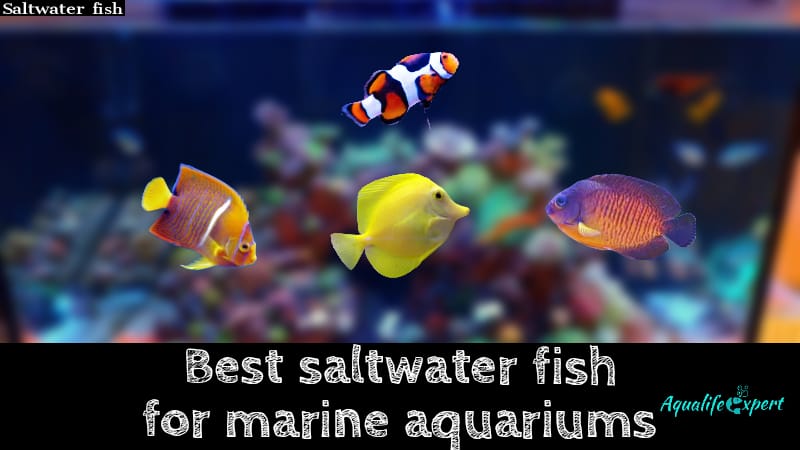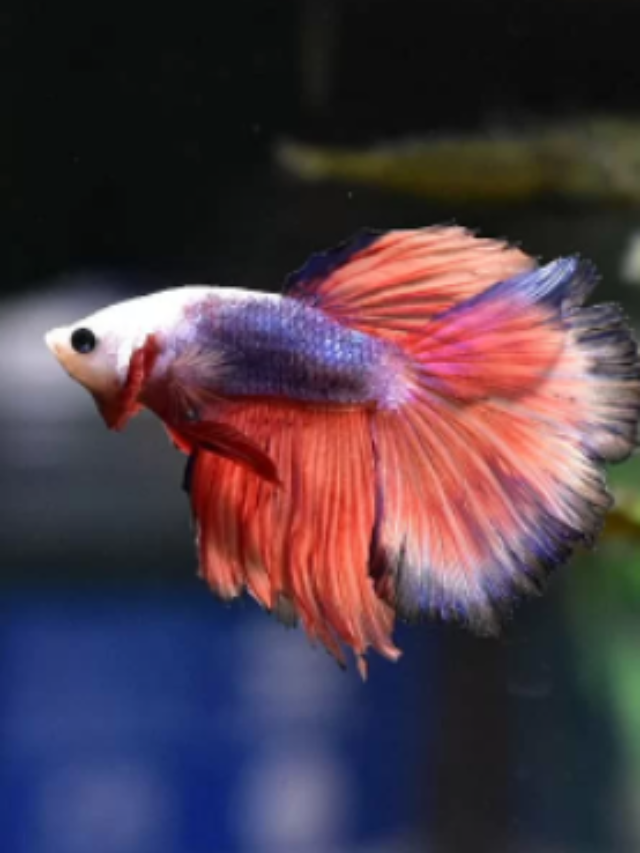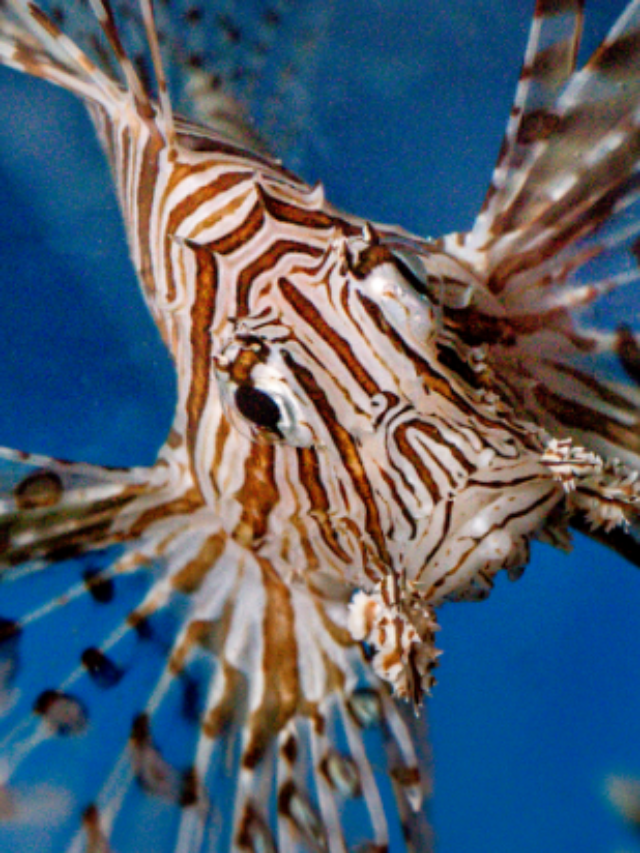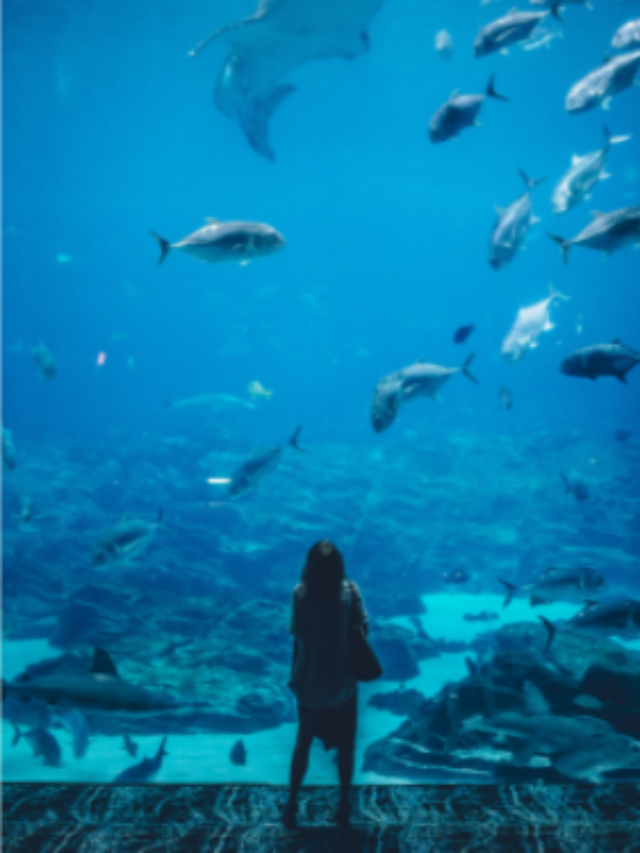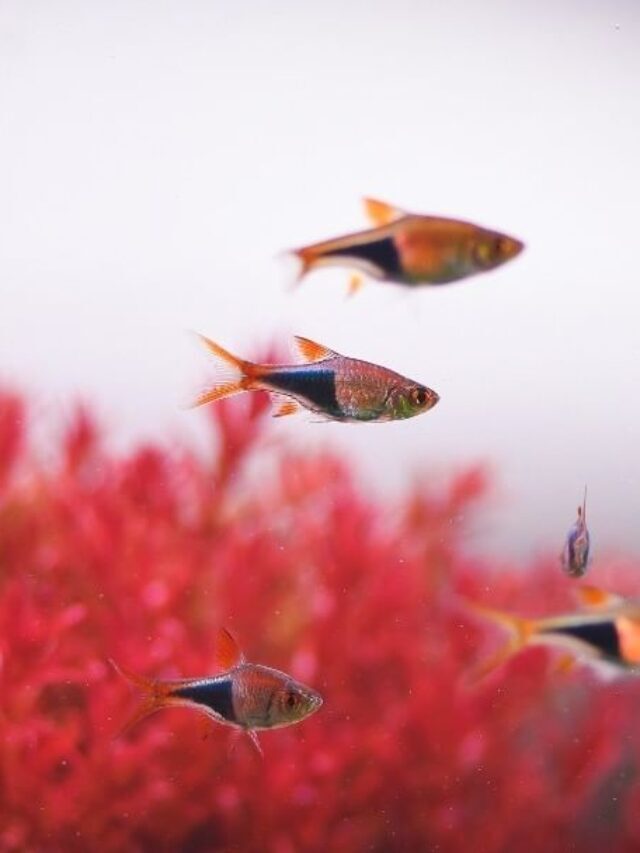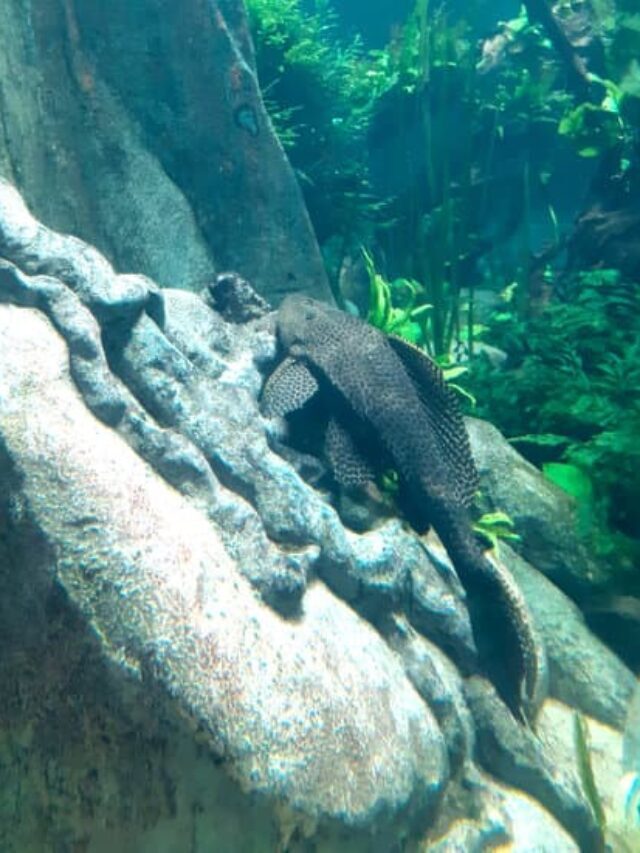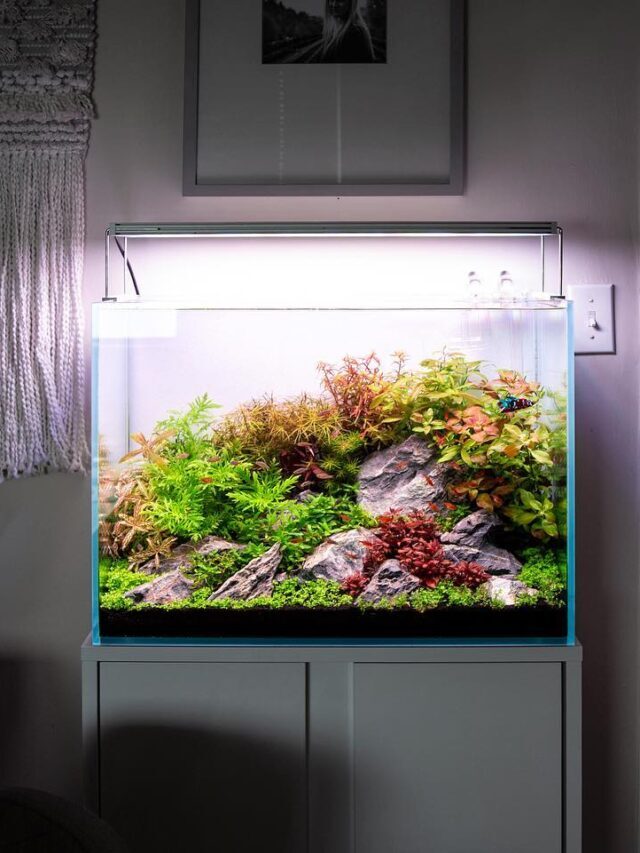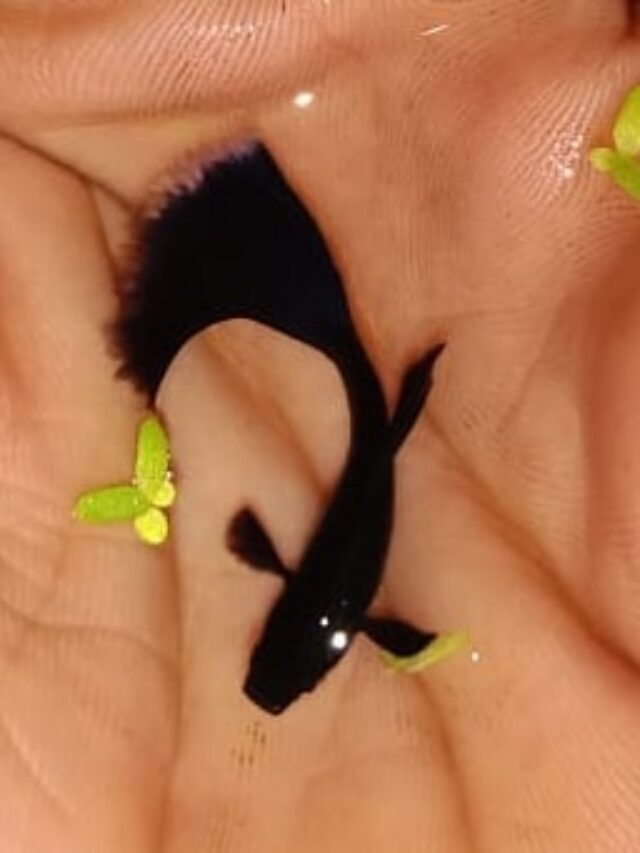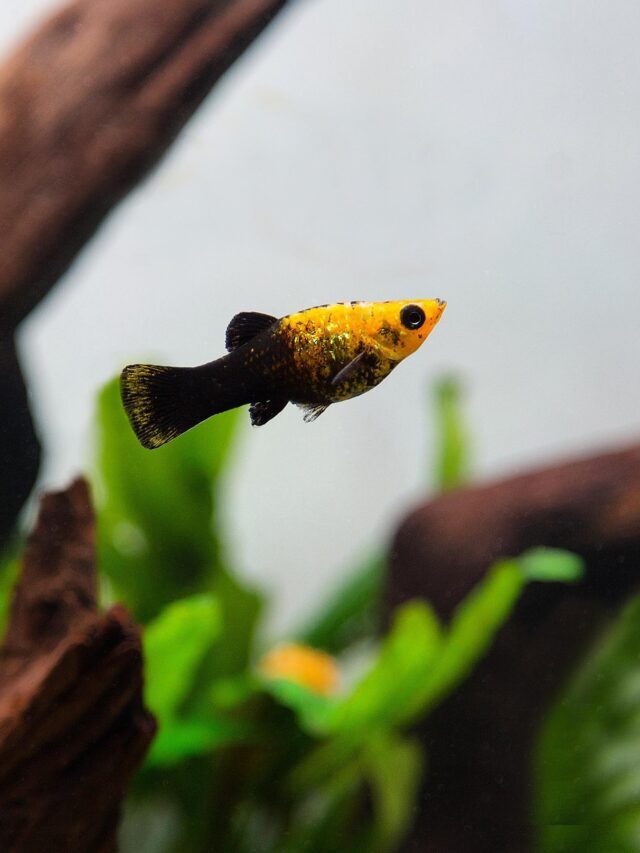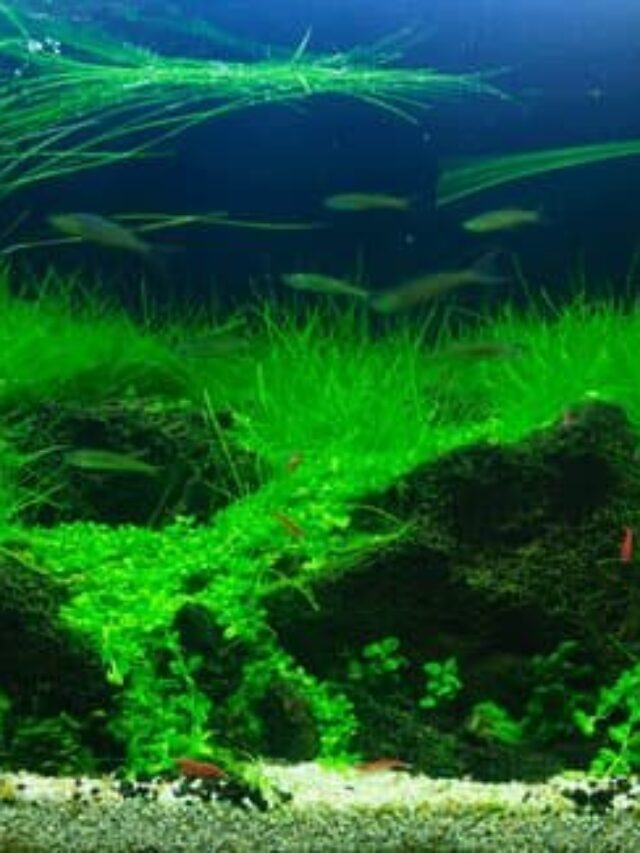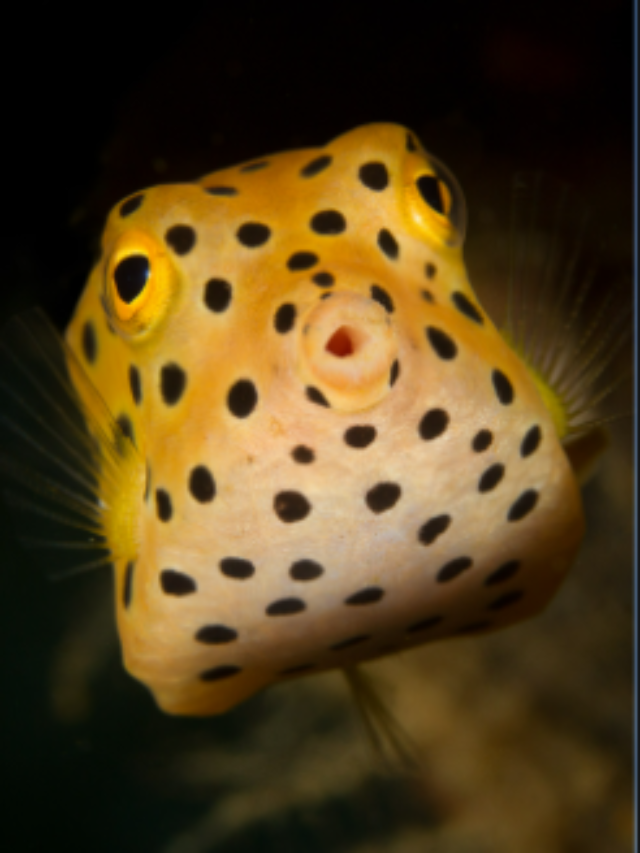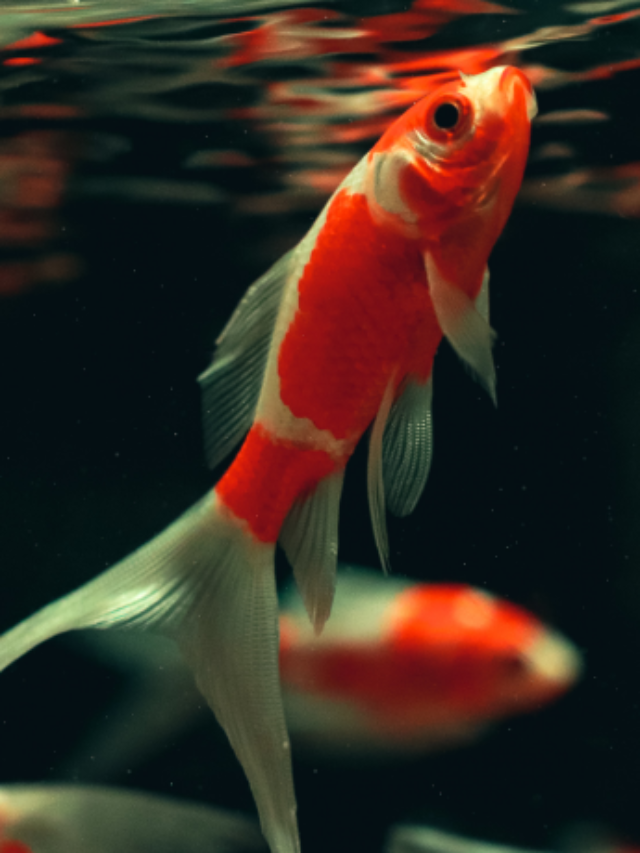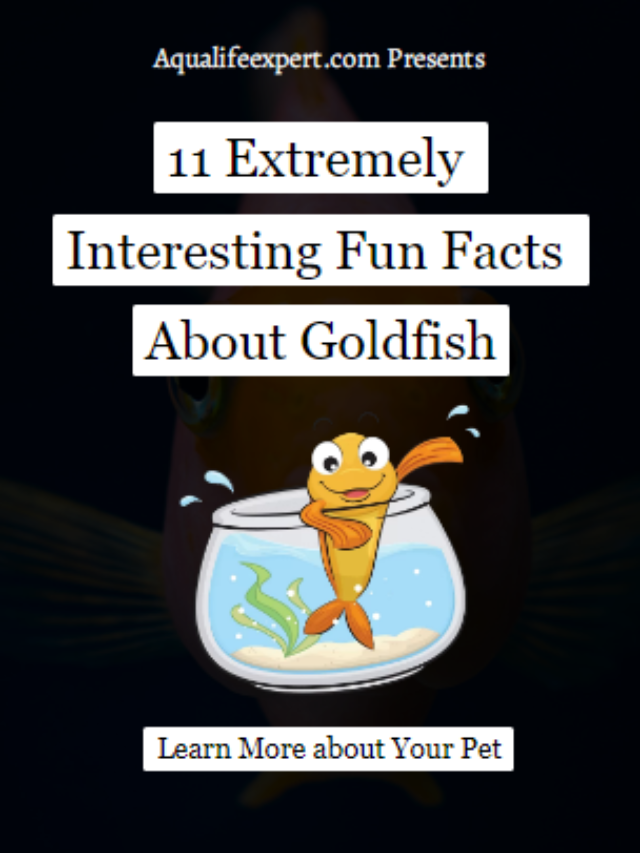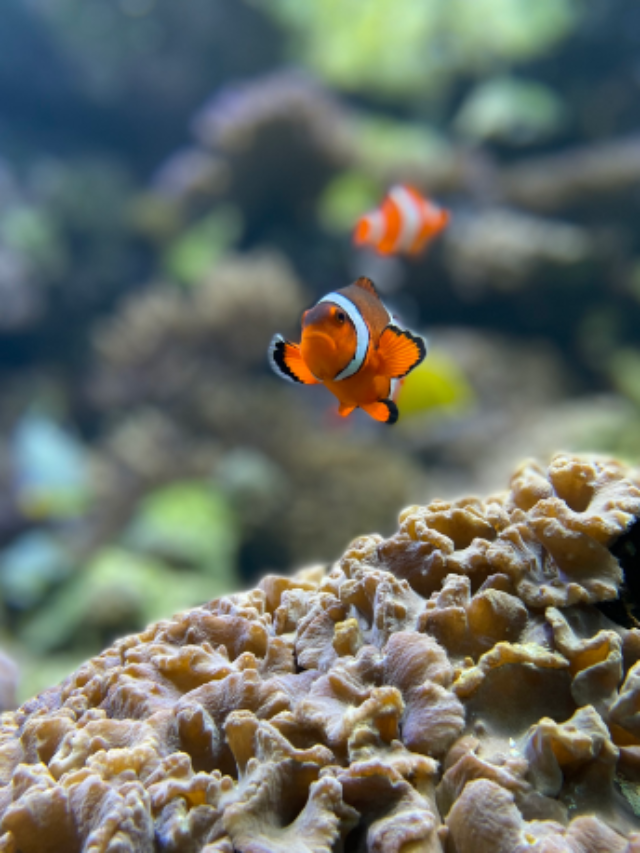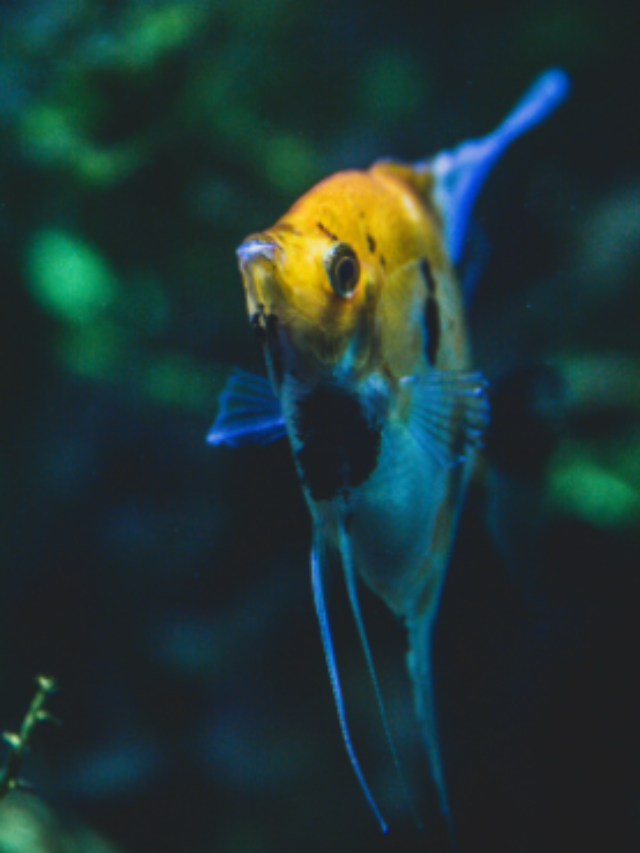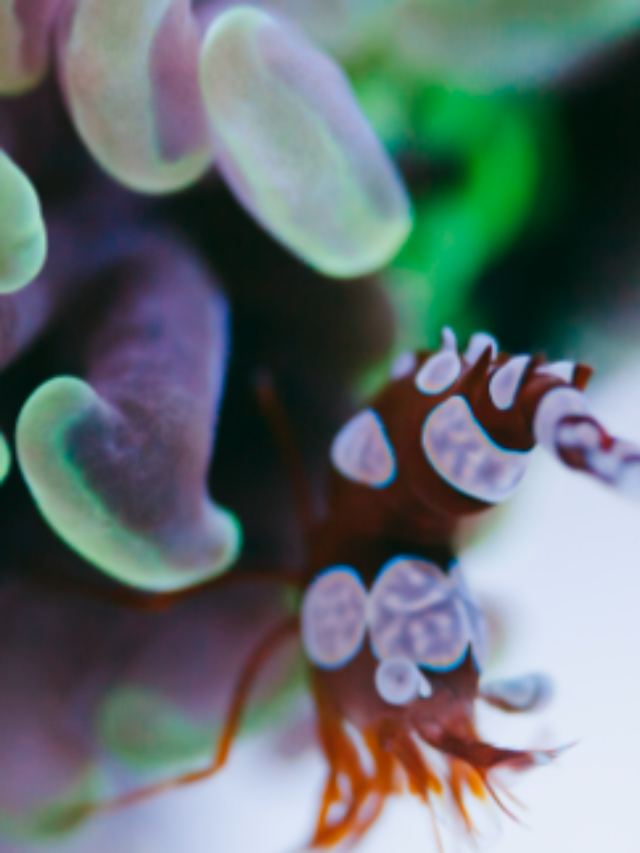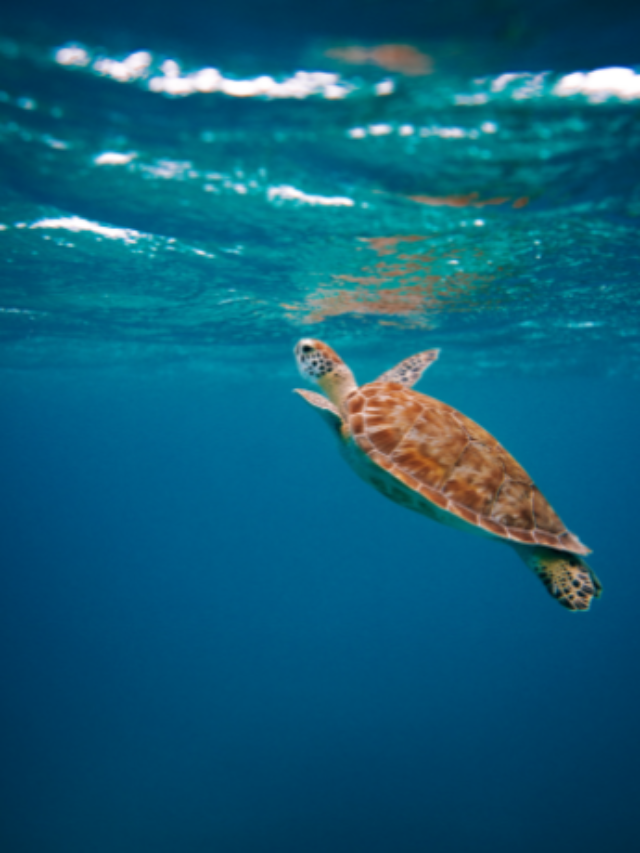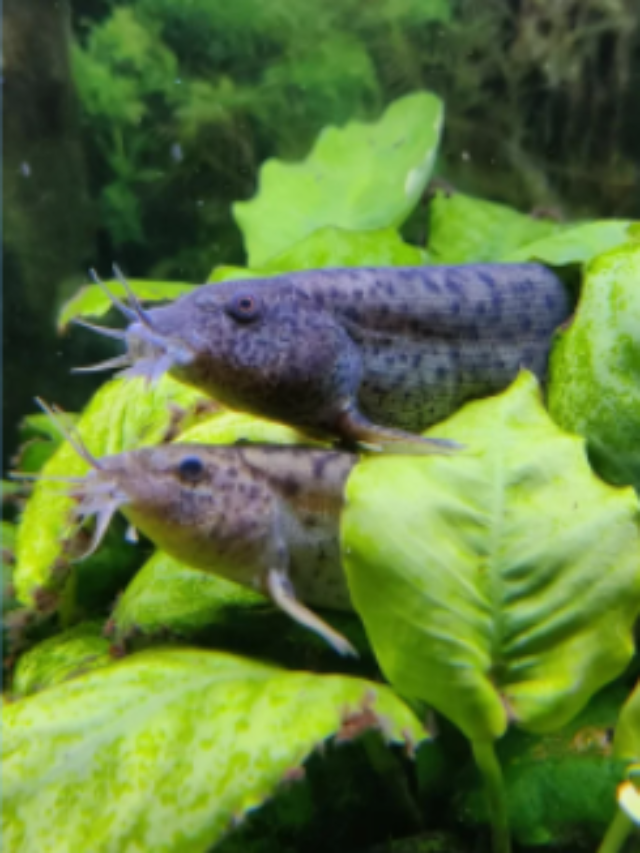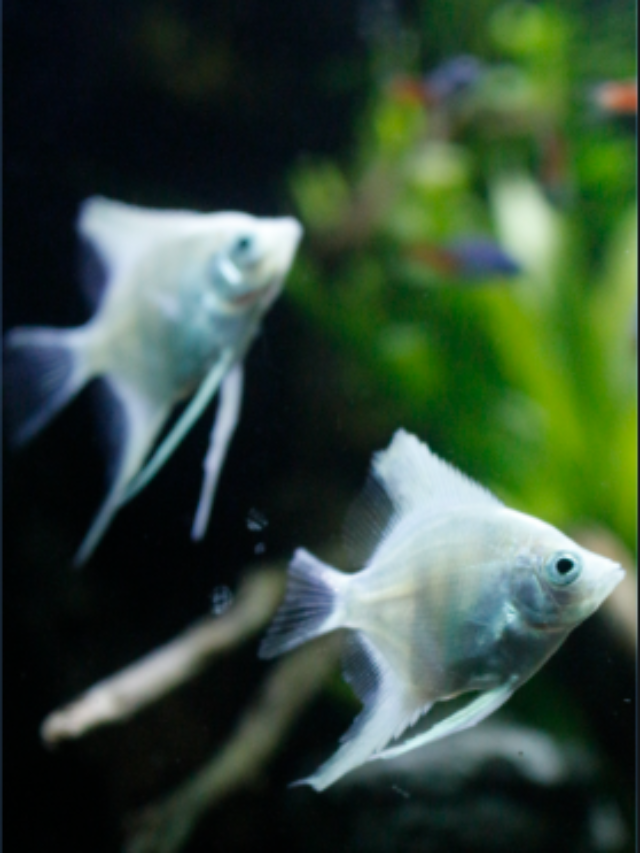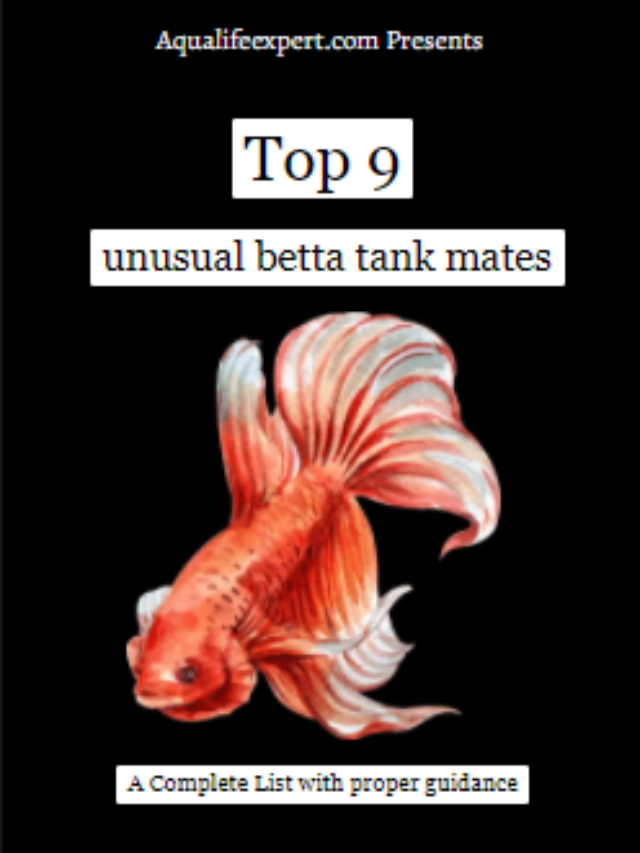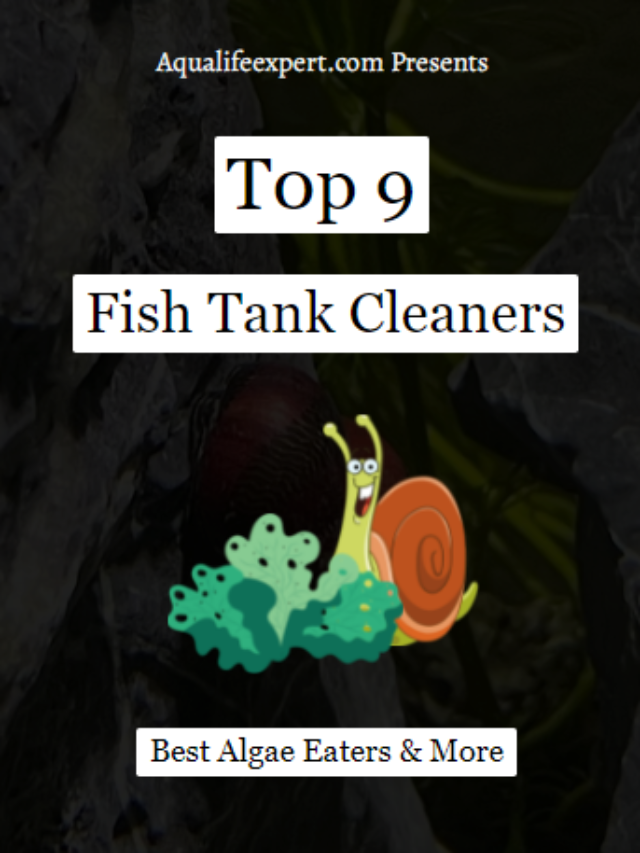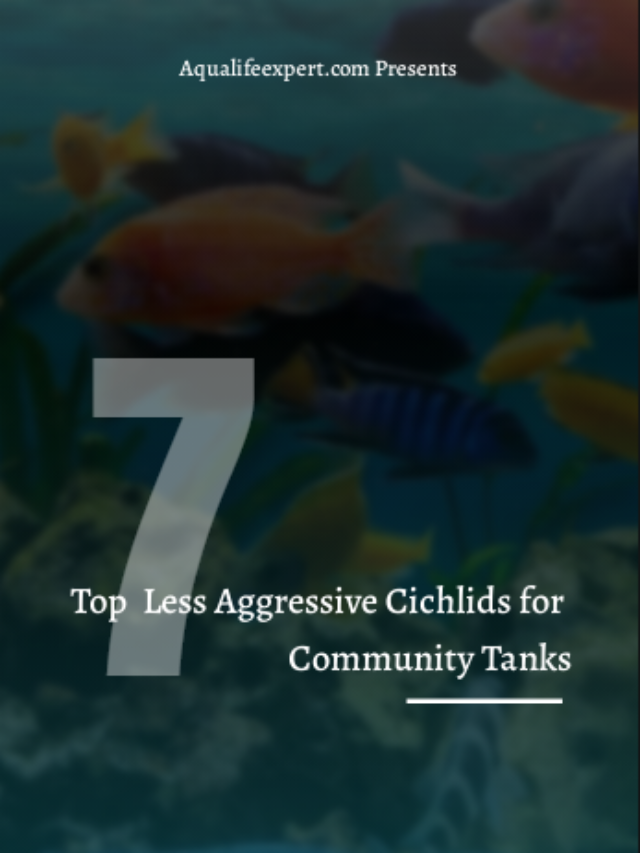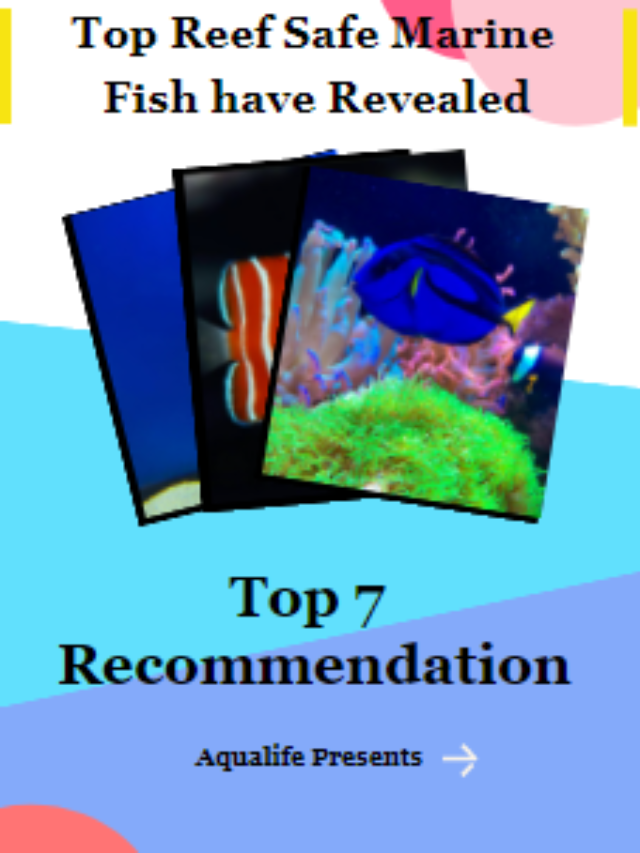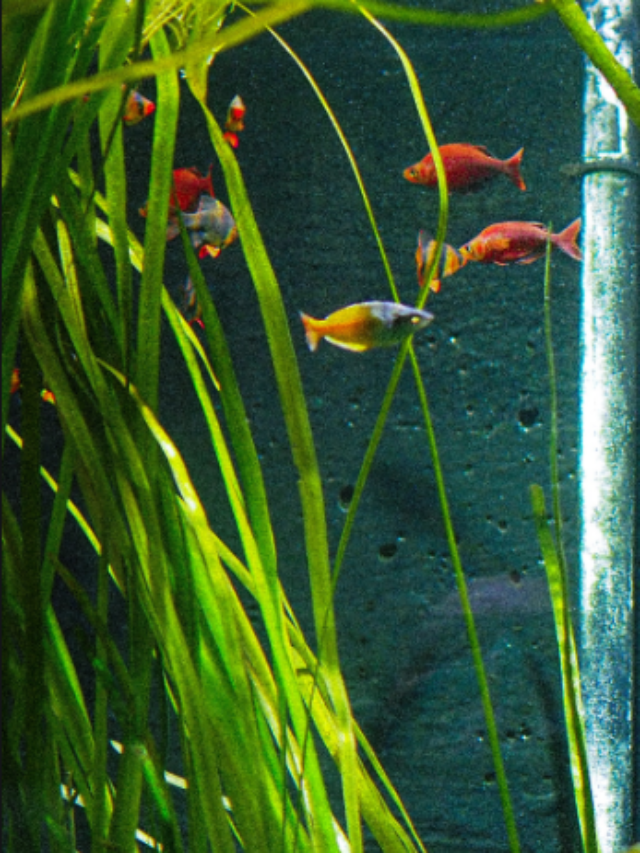Best Saltwater Fish for Aquariums: 10, 20, 40, 55, 75-Gallons & More
Check Our Quick Stories
Setting up a saltwater tank is a little bit more difficult than a freshwater fish. So it is difficult for some aquarists to choose the right fish for their saltwater tank. A saltwater tank can be established well depending upon the fish. One aggressive fish can destroy the whole tank. So you must know what will be the best saltwater fish for aquariums of different sizes.
For a nano marine tank, clown goby & firefish goby are the most suitable fish. Orange-spotted Goby, clownfish, pajama cardinal are some good choices for a medium tank. To keep foxface rabbitfish, lionfish & Spanish hogfish a large tank is a must. However, fish should be chosen depending upon their aggression.
This two-line answer may not have provided you with a comprehensive idea about this topic. You should know more about it. But don’t worry, this article will help you to choose fish for your first saltwater tank if you are completely inexperienced in this fishkeeping hobby. So without wasting time let’s dive deep into the topic.
Best saltwater fish for a 10-gallon fish tank
A 10-gallon saltwater tank is considered a nano tank. Now having a nano tank has some pros and cons. One of the main advantages of it is low initial setting cost. However, if you do not have much experience in fish keeping, then the ultimate maintenance cost will be much higher. It is one of the primary disadvantages of having a nano saltwater tank.
The average length of clown goby & neon blue goby is 1.2″. These are docile & a pair of each of these fish types is suitable for a nano saltwater tank. Hermit crab & purple firefish goby are also good for a 10g tank. However, do not mix these species anyhow. Maximum a pair of fish can be kept in a nano 10g tank.
So for a 10-gallon saltwater tank, you must keep some fish that are docile in nature. Otherwise, it will be a disaster for you. A pair of any type of saltwater fish you can keep which we have recommended here.
To keep saltwater fish healthy, it is recommended to keep love rocks here. Fish only saltwater tank is also a good option for beginners. However, live rocks add an extra marine experience to it. These acts as hiding places for fish too.
Clown goby care
Clown goby is a very good saltwater fish for a nano tank. This fish is not aggressive but sometimes it shows aggression to its own kind of fish. More than 10-gallon will be good to reduce its aggression; however, you can keep it in a 10-gallon tank with other docile fish easily.
Clown goby is an active fish and it shows its commands in a nano tank. So it will be a great addition to your nano tank. To keep this fish you must add corals to the tank.
Neon blue goby care
Neon blue goby is one of the popular saltwater fish for a nano tank. If you are planning to build a 10-gallon saltwater tank then you must keep selecting this fish. However, it is difficult to get from anywhere so identify a good source and its authenticity before buying neon blue goby.
This fish prefers high water flow/current. Not only that, but you must provide clean & crystal clear water for this fish. This likes biofilm and algae in the tank. So make sure to have those elements. High-quality water is a must for keeping this fish.
Purple firefish goby care
Purple firefish goby or firefish goby is another good fish option for a nano tank. Despite having a 4″ adult size, It is suitable for a 10-gallon tank. Single firefish or a couple (male & female) are recommended to keep in a 10-gallon tank.
Firefish goby is a hardy fish. It requires lots of live rocks to acclimate quickly. It prefers to eat brine shrimp, mysids, zooplankton and flakes. Top-quality tank maintenance is required to keep this fish healthy.
Best saltwater fish for a 20-gallon fish tank
A 20-gallon tank is also considered a nano tank for a saltwater fish keeper. In this tank, you can keep approximately 4-5 fish. It is not recommended to keep more than this because of overstocking of the tank. So choose fish carefully for a 20-gallon saltwater tank.
Watchman goby, clownfish & bangaii cardinal are suitable for 20-gallon saltwater tanks. The average size of these fish is 3-4”. To keep these fish lots of hiding places & live rocks are recommended. Don’t keep more than 5 fish in the tank depending on fish. Six-line wrasse & royal dottyback both are suitable too.
It is recommended to keep docile fish in a 20-gallon fish tank. However, it’s up to the experience level of aquarists. If you know how to take care of aggressive fish then it is quite acceptable for you to keep aggressive fish in a 20-gallon fish tank.
Watchman goby care
A watchman goby is a good and active saltwater fish for a 20-gallon tank. If your favorite color is yellow then watchman goby may be a suitable pet for you. This fish creates a symbiotic relationship with pistol shrimp. Thus to keep this fish, having pistol shrimp is a must. This fish loves to eat table shrimp, mysis shrimp, and frozen bloodworms.
Clownfish care
The ocellaris is one of the most famous clownfish among all aquarists. This is known as “Nemo fish”. At least a 20-gallon saltwater tank is required for ocellaris clownfish. This creates a symbiotic relationship with anemones. However, If you want to keep ocellaris clownfish then other small or docile species are recommended not to keep together.
Bangaii cardinal care
Bangaii cardinal is a good choice to keep in a 20-gallon saltwater tank. Its tail is comparatively longer than its body. You must keep this fish in a group. When this is introduced in a new tank then it may not eat foods. So the right and proper acclimation process are important here. During this time you can start with live fish foods and frozen food instead of pellets or flakes. Live rocks and hiding places are a must to reduce aggression among them.
Read more:- How important the live rock is for the marine tanks? Know about all aspects
Best saltwater fish for a 30-gallon fish tank
A 30-gallon saltwater tank is considered a medium-sized tank. So this has some more space than a nano tank. If you have a little bit extra money then you must build at least a 30-gallon saltwater tank. Initial costing is high for building a 30-gallon saltwater tank. However, the overall maintenance costs will be much lesser than a nano tank.
Tomato clownfish, cherub angelfish, green mandarin dragonet & pajama cardinal are suitable fish for 30-gallon saltwater tanks. The size of all these fish varies from 2.5-5”. Choose fish according to their aggression such as tomato clownfish are very aggressive. Having live rocks and hiding places are mandatory.
Tomato clownfish care
Tomato clownfish is a saltwater fish that is not suitable for a nano tank because of its aggression. A juvenile tomato clownfish is friendly in nature. However, you must not keep an adult tomato clownfish with other docile fish. In particular, other clownfish are not recommended to keep with tomato clownfish.
Female tomato clownfish grows up to 5.5″. So, 30-gallon or more than 30-gallon is good for this fish as a saltwater tank.
Cherub Angelfish care
Cherub angelfish is also known as Atlantic pygmy angelfish. This requires more space however, a 30-gallon tank is enough for one cherub angelfish.
This fish requires plenty of live rocks and microalgae to thrive. Do not keep more than one male pygmy angelfish in one tank. You must check the compatibility of pygmy angelfish with corals. It is because pygmy angelfish may nip some corals like stony corals.
Green mandarin dragonet care
Green mandarin dragonet is a famous saltwater fish for its body color. This is the best fish to keep if you have a reef saltwater tank. This is very shy in nature. So if you keep it in some very active saltwater fish then it may not compete with them for food.
It requires plenty of hiding places. Top-quality maintenance is required for this fish too. It loves to eat copepods, amphipods, brine shrimps, and so on. 10-25% of water change is required every 2-3 weeks.
Pajama cardinal care
Pajama cardinal is another good saltwater fish that you can keep in a 30-gallon fish tank. This prefers to live in a school or group. So, 6 pajama cardinals are recommended for a 30-gallon fish tank.
Naturally, this fish is docile in nature. However, during the breeding period, male fish become a little bit aggressive. This fish is nocturnal. To keep them healthy enough corals and hiding places are required in the tank. As this fish is mid dweller so this does not require some speciality in the substrate. It can live in a bare bottom tank also. However, it is not recommended.
Read more:- Is Saltwater Aquarium HARD to Maintain? Causes With Solutions
Best saltwater fish for a 40-gallon fish tank
A 40 gallon is such a tank where you can get a little bit of extra space for decoration. You can keep some hermit crabs and other invertebrates. Live rocks are the most important. Live corals can be a good option that you can add to a 40-gallon tank. However, some fish nip corals. So before planning on it consider this factor definitely. A 40-gallon tank takes much less time to establish.
Small fish like neon blue goby & clown goby are some good stockings for a 40-gallon tank. These fish can be kept in a group. However, as medium fish, a pair of flame Hawkfish, orange-spotted Goby, blue-cheek Goby are the most suitable for this tank. Hermit crabs, snails are also allowed depending upon aggression.
Flame hawkfish care
Flame hawkfish is a saltwater fish that is suitable for a 40-gallon tank. Its bright and big eyes, active nature can attract any one of you. Primarily it may remain shy however, it is considered a semi-aggressive fish.
It loves to eat mysis shrimp, squid and brine shrimp and so on. One single flame hawkfish is enough for a 40-gallon saltwater tank. You must cover the saltwater tank with a lid if you want to keep a flame hawkfish. It is because this fish has a tendency of jumping out from the tank.
Orange-spotted goby care
Orange spotted goby is a small fish compared to a 40-gallon saltwater aquarium. So you can keep this fish as a group. This fish is a bottom dweller. It can form a symbiotic relationship with blind alpheid shrimp.
A 10-gallon fish tank is suitable; however, a group of orange-spotted goby is better to keep. A reef tank provides a healthy habitat for this fish. This love to dig the substrate. A fine sandy substrate is good for orange-spotted gobies.
Blue-cheek goby care
Blue cheek goby is another fish that is suitable to keep in a 40-gallon fish tank. This fish requires a sandy substrate also. This fish has a tendency to jump out of the tank. So the cover is a must for saltwater tanks.
Generally, this is a peaceful fish type. However, it can be aggressive too during the breeding period. Overstocking of the aquarium can increase the aggression of this fish. It shows dominance over other similar kinds of weaker fish. It loves to sit on the sand bed of the aquarium.
Read More:- Top 9 Most Expensive Fish For Aquarium With Price Range
Best saltwater fish for a 55-gallon fish tank
A 55-gallon tank is a proper mid-sized saltwater tank. You do not need to look after this tank like a nano tank. The overall maintenance cost is much lower for a long time. However, if you do not have prior experience then it may be a little bit difficult for you to keep a 55-gallon saltwater tank.
As a bottom dweller, 5 to 6 orange-spotted Goby can be kept in a 55-gallon saltwater tank. Blue-cheek goby and cleaner wrasse are the other two options for a 55-gallon tank. However, both of these fish are aggressive. Yellow coris Wrasse is active, not aggressive. Do not mix aggressive fish with docile fish anyhow.
Cleaner wrasse care
If you want to clean your marine tank anyhow then the cleaner wrasse will be a good option for you as a pet. This fish creates a symbiotic relationship with other species. This relationship helps to remove unwanted parasites from the tank by setting up a cleaning station.
As this is an active fish, it requires plenty of space to swim. A 55-gallon marine tank is good for cleaner wrasse. This is a good fish for a community tank. To keep this fish you must cover the tank up. Mysis shrimps, frozen brine shrimps are some food options for cleaner wrasse.
Yellow coris wrasse care
Yellow Coris wrasse is a popular saltwater fish. It jumps when the stress level is so high for them. So always keep a cover on your saltwater tank. This is a schooling fish. 3-5 yellow coris wrasse is suitable for a 55-gallon fish tank. This is such a fish who ‘plays dead’ to fool the predators.
If you keep this fish in a school then plenty of spaces are required. Do not overcrowd the fish tank anyhow. This leads to increased aggression of fish. Theoretically, yellow coris wrasse is a reef-safe fish. However, it has a tendency to dig down the fine sandy substrate. During this time fine sand diapers into the water and some stony corals may get affected by it.
Read more:- How to build saltwater aquarium from scratch (55gallon)
Best saltwater fish for a 75-gallon fish tank
The 75-gallon is considered a medium-sized tank. More than 75-gallon means the tank is considered a large aquarium. A 75-gallon saltwater tank can carry lots of marine fish.
However, the stocking of a 75-gallon tank is dependent on the size of fish. If you want to keep small fish here, then a minimum of 15-20 fish this tank can carry easily. This tank can carry 5-8 medium-sized fish depending upon the aggression level and other live plants and corals.
Medium-sized marine fish remain healthy in a 75-gallon marine tank because of plenty of space there. Antenneta lionfish, yellow tang, and bicolor angelfish are three suitable marine fish for a 75-gallon saltwater tank. This is good for building a community tank. Don’t combine small fish with aggressive species.
Antenneta lionfish care
Antenneta lionfish is a suitable fish for a medium to large saltwater tank. A 75-gallon marine tank is the most suitable to keep an antenneta lionfish. This fish grows up to 7 inches long. It is also popular as spotfin lionfish or ragged finned firefish. It remains shy when it is introduced in a new tank. Its dorsal fin is venomous. So as an aquarist, you must keep this in your mind.
It loves to eat shrimp. Ghost shrimps, live fish, crustaceans are some preferable food for antenneta lionfish. This fish produces lots of waste. So a strong filter media is required to keep this fish healthy. This fish is considered coral safe.
Yellow tang care
The yellow tang is a popular marine fish. Lots of aquarists love this fish to keep in their marine tank. This is a very active fish. To keep this fish healthy, aquarists must provide plenty of space. Its origin is the Great Barrier Reef. So a reef tank is suitable for them.
The yellow tang is aggressive and territorial in nature too. This fish shows aggression towards docile fish. It is recommended to keep only one yellow tang in a marine tank. The yellow tang can be kept in a group too however, it is not recommended for beginners. Seaweed, algae, sea veggies are some good foods for yellow tang.
Bicolor angelfish care
Bicolour angelfish is one of the most recognizable fish among all aquarists. This fish has two colors on its body. Bicolour angelfish is very difficult to keep. So you need to maintain the marine tank well. This species does not have aggression like other marine fish still, you must keep this fish as a pair to reduce the rest of the aggressive nature.
Bicolor angelfish prefers to eat algae, crustaceans, mysis shrimp, brine shrimp, and spirulina. It is known as oriole angelfish too. This is not a good reef compatible. So avoid adding corals in your marine tank if you have bicolor angelfish.
Best saltwater fish for a 100-gallon fish tank
A 100-gallon saltwater fish tank is only recommended only for those who have much experience. If you want to start a saltwater tank now then you must start with a 55 gallon or a 40-gallon tank. This tank is suitable for some big fish. Small fish are compatible in a 100-gallon saltwater tank.
For a 100-gallon saltwater tank, both Spanish hogfish and Foxface Rabbitfish are the best. Experienced aquarists can keep lionfish, clown triggerfish. Despite being an aggressive fish the clown triggerfish can be a great addition to a 100-gallon tank. However, do not keep aggressive fish in a community tank.
Spanish hogfish care
Spanish hogfish is one of the big ornamental saltwater fish. This grows up to 16 inches long. So it requires a lot of space to be healthy. It is an aggressive fish so do not keep it in a docile fish tank. Not only that, but small fish will be its buffet also if you keep Spanish hogfish in a community saltwater tank.
This fish has active coloration and it is considered a strong swimmer. It has the ability to reduce the parasitic disease of its tank mates. Adult Spanish hogfish prefer to eat snails, worms, shrimps, squids, and so on. They have the personality to become tank leaders. Despite being a hardy species, it requires a strong mechanical, biological and chemical filtration system to be healthy.
Foxface rabbitfish care
Foxface rabbitfish is one of the popular marine fish among all experienced aquarists. It is famous for its body shape. To keep this fish healthy, plenty of spaces, live rocks and decorative items are required. This fish is safe for a reef tank. However, if it does not get enough food to eat then it may nip corals. So make sure to provide a proper quantity of food. 1-2 times feeding per day is enough for them.
This fish has the ability to control valonia algae. Not only that, but this fish can control algal blooms too. It has the ability to defend against other venomous tank mates. So you can keep this fish in an aggressive tank.
Lionfish care
Lionfish is a great marine fish that you can keep if you have much experience in this hobby. Lionfish is popular for its fins. However, this fish is venomous, so you must take precautions while handling this fish during tank maintenance. It can pollute the tank well. So a small amount of food once per day is enough for lionfish.
Lionfish require a large amount of space, live rocks, and hiding places to remain healthy. A smaller community tank is not recommended for this fish. Initially, some lionfish may keep themselves in the caves but they acclimate very quickly. After a while, they will start roaming outside the caves of your 100-gallon marine tank.
Clown triggerfish care
Clown triggerfish is one of the well-known triggerfish that you can keep in a marine aquarium. This is quite expensive so it needs some special care. It can live up to 10 years or more depending upon the care and marine tank setup. Clown triggerfish do not have reef compatibility. So do not keep it in a reef tank anyhow. It is an aggressive fish so do not keep it with some docile or small-sized fish.
Aquarists must take precautions while keeping it because of its sharp teeth. The fish-only saltwater tank is the most suitable for clown triggerfish. A FOWLR tank is also a good option to keep this fish. Decoration must be stable and strongly connected with each other. Otherwise, all of these may collapse due to this fish. Seafood, vegetables, shrimps, and frozen foods are good diets for clown triggerfish.
So best of luck & happy fishkeeping 🐟

